
by Amina McCauley | 19 Apr 2024 | Decoder Dialogues, Education, Environment, News Decoder Updates, Tatnall School, Youth Voices
Are wealthy countries responsible for mitigating the effects of climate change in developing countries? Students take up the debate — and find common ground. (Credit: Badmanproduction/Getty Images) “Developed countries should make a sincere effort to mitigate the...
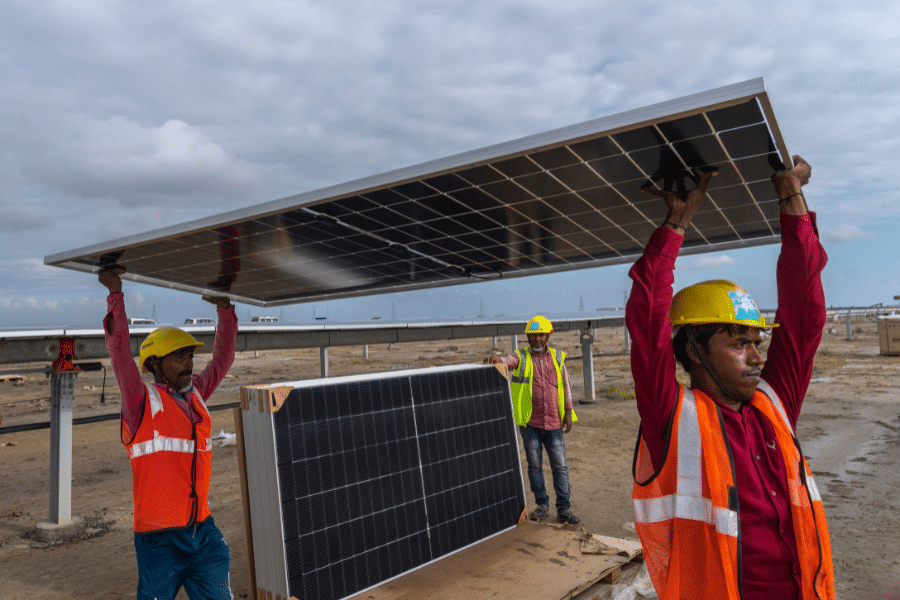
by Preety Sharma | 18 Apr 2024 | Asia, Economy, Educators' Catalog, Environment, Politics, Technology, University of Toronto Journalism Fellows
Meeting a growing energy demand can go hand-in-hand with the green transition. This is what India could show the world. Workers carry a solar panel for installation at the under-construction Adani Green Energy Limited’s Renewable Energy Park in Gujarat, India,...
India’s position as a growing global economic leader, a leading producer of renewable energy and as a large consumer of energy puts it at the center of the debate on climate-friendly energy transition. Preety Sharma looks at how if India successfully manages the move towards greener energies, it will serve as a model for low and middle-income countries as they develop economically while striving to meet climate goals.
Exercise: Individually, or in groups, students put their research skills to the test. Use the following questions as a guide to finding out more about this topic.
What is energy transition? How does it relate to the UN SDGs? What energies should we transition to and what are the issues surrounding using each of these? What would a ‘model for low and middle-income countries’ look like?
Find examples of countries that have grown and managed energy transition well.
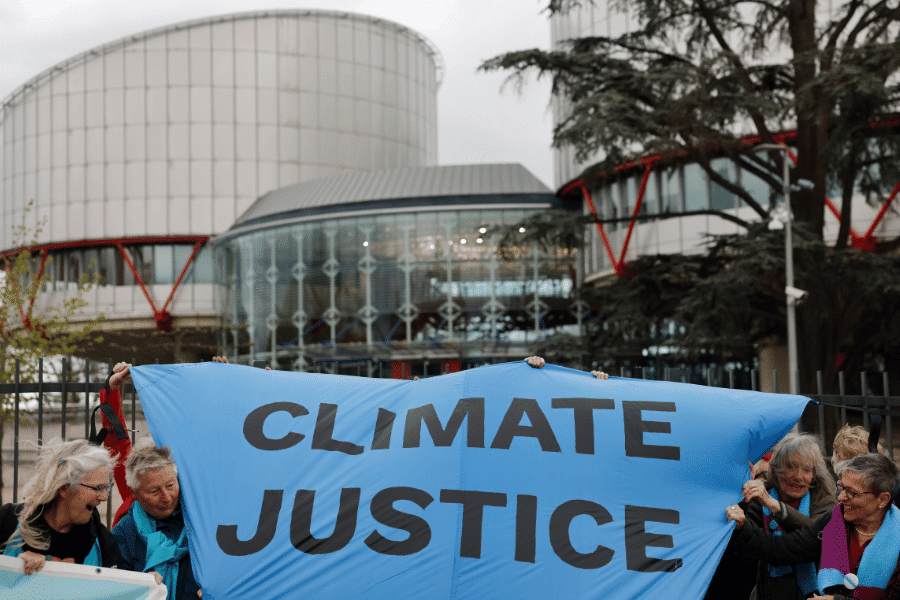
by Paul Spencer Sochaczewski | 17 Apr 2024 | Decoder Replay, Environment, Europe, Human Rights
Threats to nature persist despite global efforts to save our planet. But do we have an inalienable right to a habitable planet? People demonstrate outside the European Court of Human Rights, 9 April 2024 in Strasbourg, France. (AP Photo/Jean-Francois Badias)...
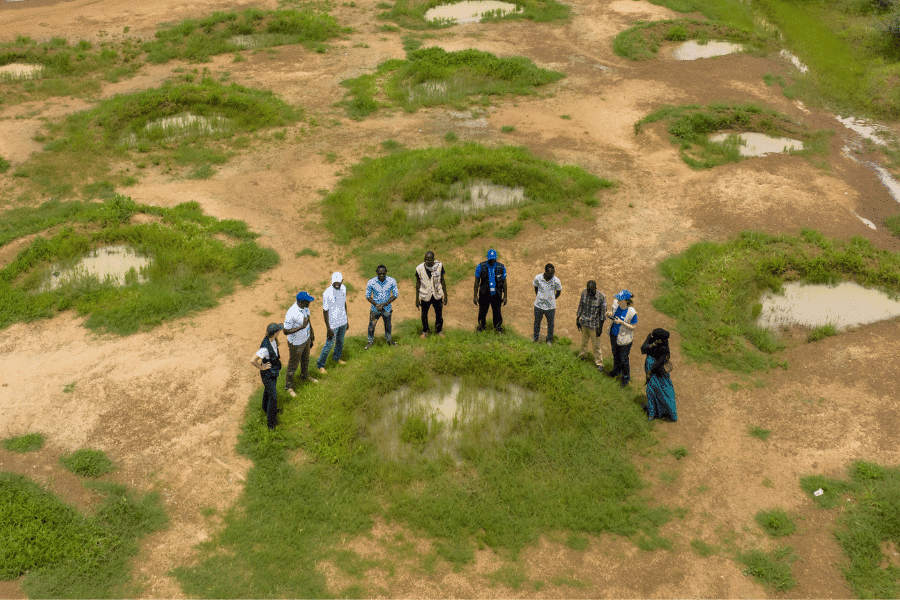
by Susanne Courtney | 4 Apr 2024 | Africa, Environment
Little grew in the Sahel region of North Africa, until the World Food Program helped people revive a traditional farming practice and resuscitate the land. Resilience land rehabilitation site in Niger during the rainy season. Photo courtesy of the World Food...

by Liam Gwynn | 29 Mar 2024 | Educators' Catalog, Environment, United States
Taking down massive dams is one thing. Now can we restore the land to what it was a century ago? The Copco 1 Dam reservoir in Hornbook, California 17 September 2023, before the dam was breached in January 2024 and the water drained. (AP Photo/Haven Daley) This article...
Well, I’ll be dammed! Correspondent Liam Gwynn dives into rivers, dams and the devastating environmental impacts of dams on river ecology.
Exercise: In groups, choose one of these five nature restoration projects. Read the summary of the project, follow the link to further reading and watch the accompanying video. Take notes, discuss and think about the environmental and social issues surrounding these projects. Who is involved in the rewilding projects? Who will benefit from them? What will nature restoration achieve? Next, imagine you are running the project and need funding. Present your project to the class in the form of a 3-minute project proposal pitch. Once every project has been presented, the class votes on which project they would fund.
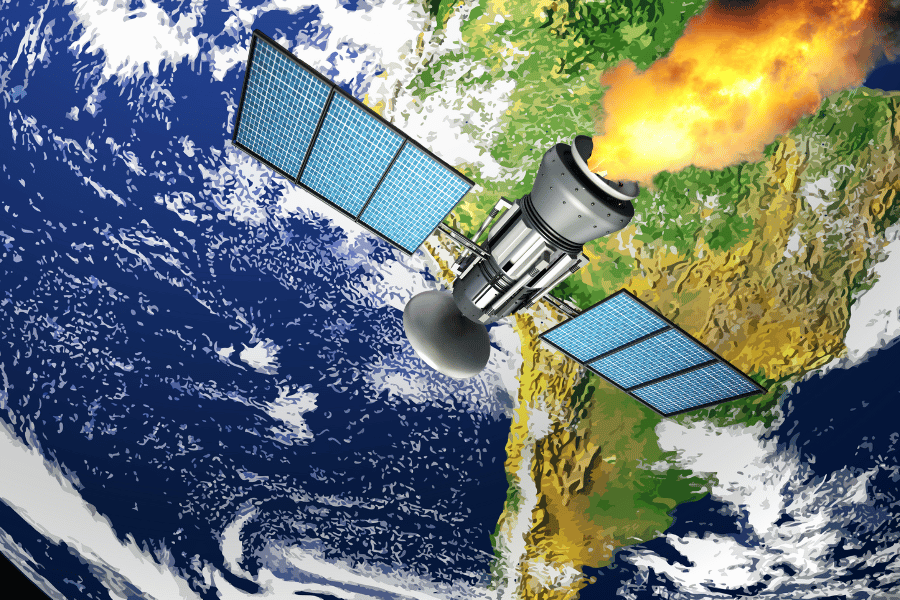
by Ashley Perl | 25 Mar 2024 | Environment, Space
Way up over our heads satellites and rocket parts orbit the Earth. Sometimes pieces of metal fall towards us. Most burn up in the atmosphere, but not all. Flames come out of a satellite falling towards Earth. (Illustration by News Decoder) Back in 1978, a Soviet...

by Danylo Bryhinskyi | 21 Mar 2024 | Environment, Europe, Realgymnasium Rämibühl Zürich, Student Posts, Youth Voices
Can we turn from plastic to paper without cutting down more trees? At 16, Valentyn Frechka decided he could make paper from fallen leaves. Trees in an urban forest. (Photo by Tom & Anna on Pixnio) This article, by high school student Danylo Bryhinskyi, was...

by Kaja Andrić | 8 Mar 2024 | Education, Environment, European School Brussels, Journalism, Media Literacy
Amina McCauley experienced climate change in the ancient forests of Tasmania. Now she wants students around the globe to understand its effects. Amina McCauley sits among the fern trees in Wellington Park, Tasmania. (Photo courtesy Amina McCauley) Concern about...
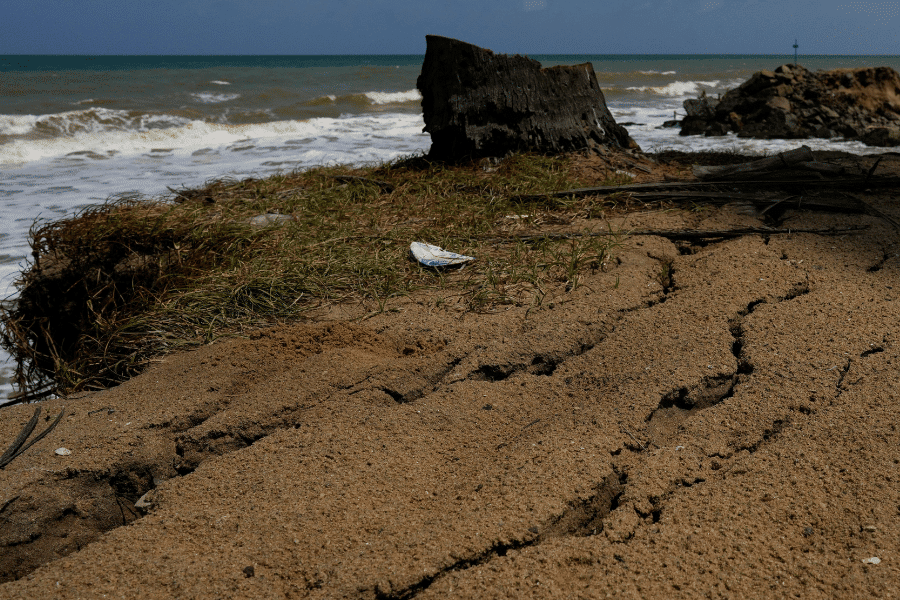
by Feizal Samath | 6 Mar 2024 | Asia, Economy, Environment
Sri Lanka is trying to do its part to combat climate change. But it will take a sea change to stop the ocean rising around the island nation. Cracks are visible from coastal erosion on sea shore in Iranawila, Sri Lanka, 19 June 2023. (AP Photo/Eranga Jayawardena )...
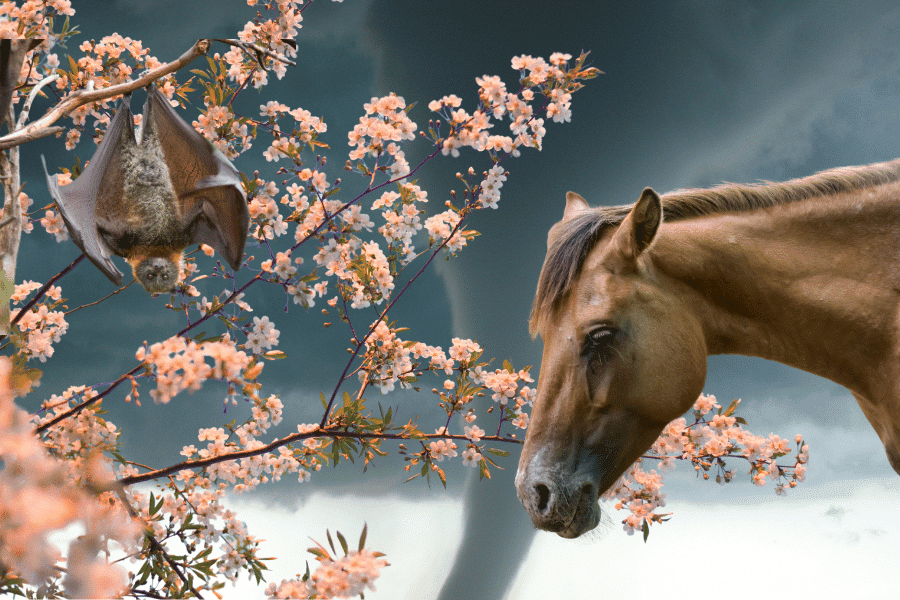
by Maggie Fox | 4 Mar 2024 | Educators' Catalog, Environment, Health and Wellness
A cyclone can affect trees which impact insects and animals spreading diseases to people. Doctors are realizing that individual health is part of an ecosystem. A bat, a flowering tree and a horse against the backdrop of a tornado. (Illustration by News Decoder) This...
How is having a C-section connected to deforestation? How can a cyclone off the coast of Australia affect the population of fruit bats and horse trainers? Health and science correspondent Maggie Fox dissects the concept of One Health for students in this latest Classroom #Decoder. In the accompanying classroom activity, get students thinking about their own thinking in an exercise in metacognition.
Exercise: With this article, students will engage in The 4 C’s protocol, adapted from Project Zero of the Harvard Graduate School of Education. Students will read the article then answer the 4 C’s. (1) What connections do students draw between the text and their own lives? (2) What ideas or assumptions in the text do they want to challenge or learn more about? (3) What is the text’s key concept or takeaway? (4) How did the text change the way students thought about the topic? Did the text inspire a change in attitude or action? Have students underline or annotate the text in response to each question. Share responses in small groups, then as a larger class.










